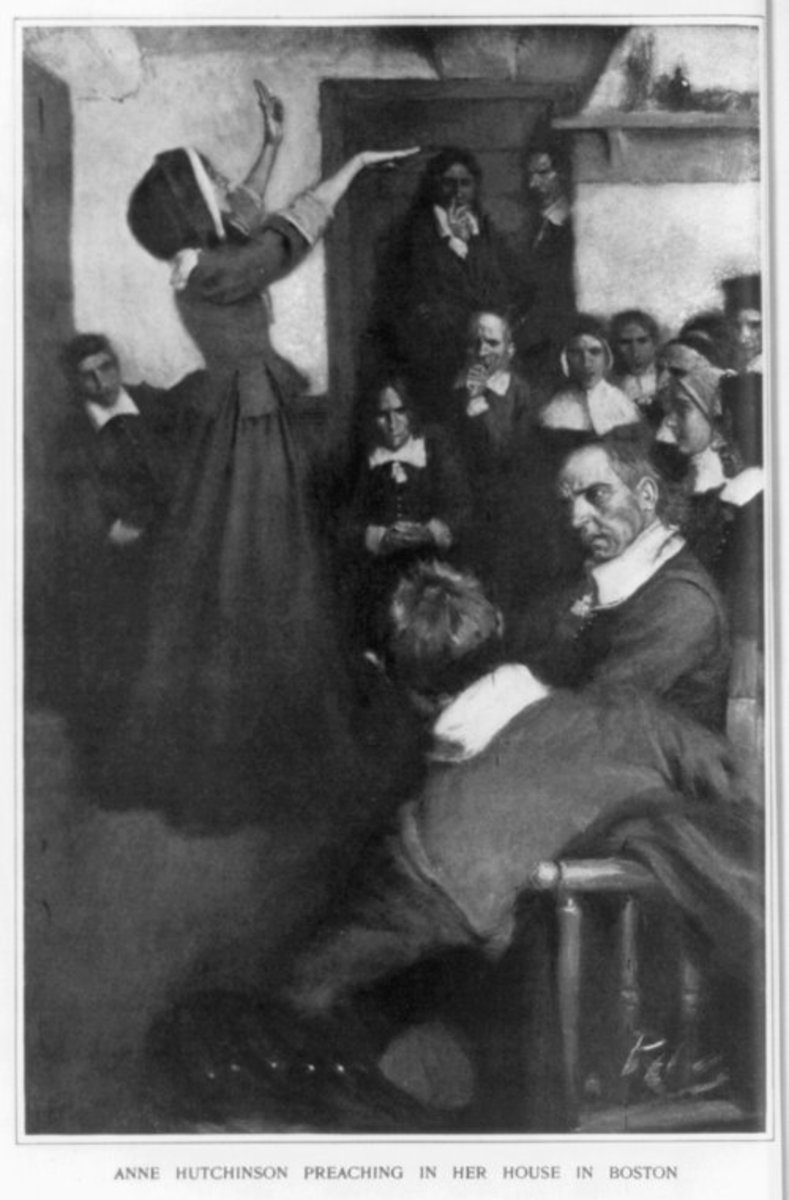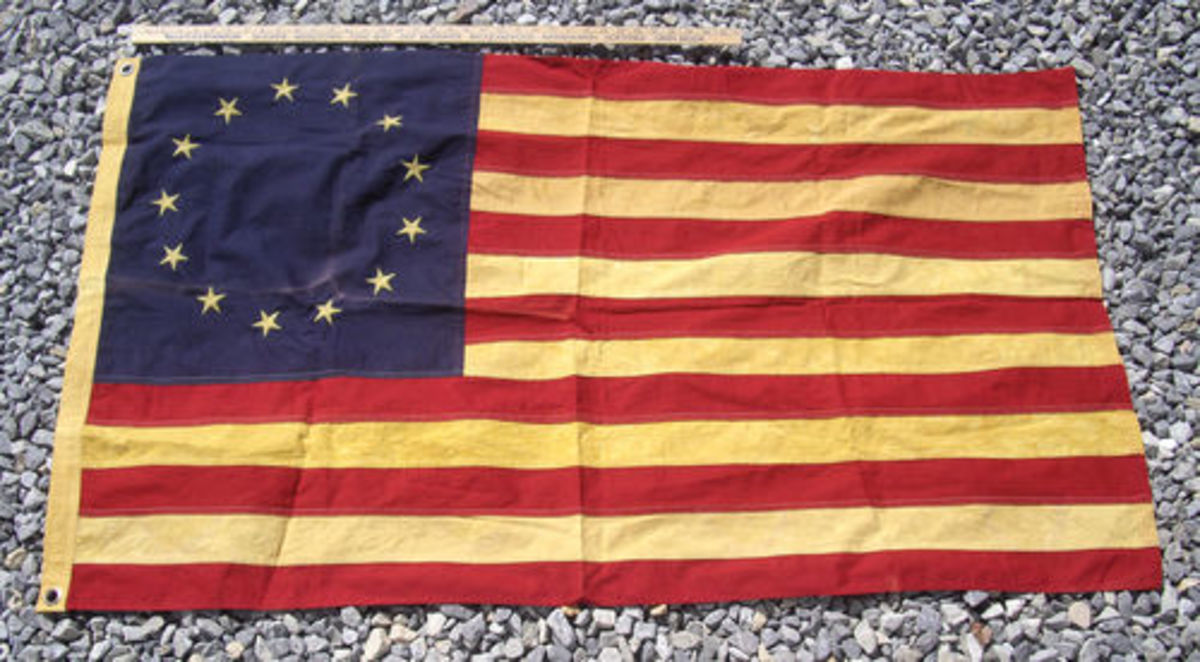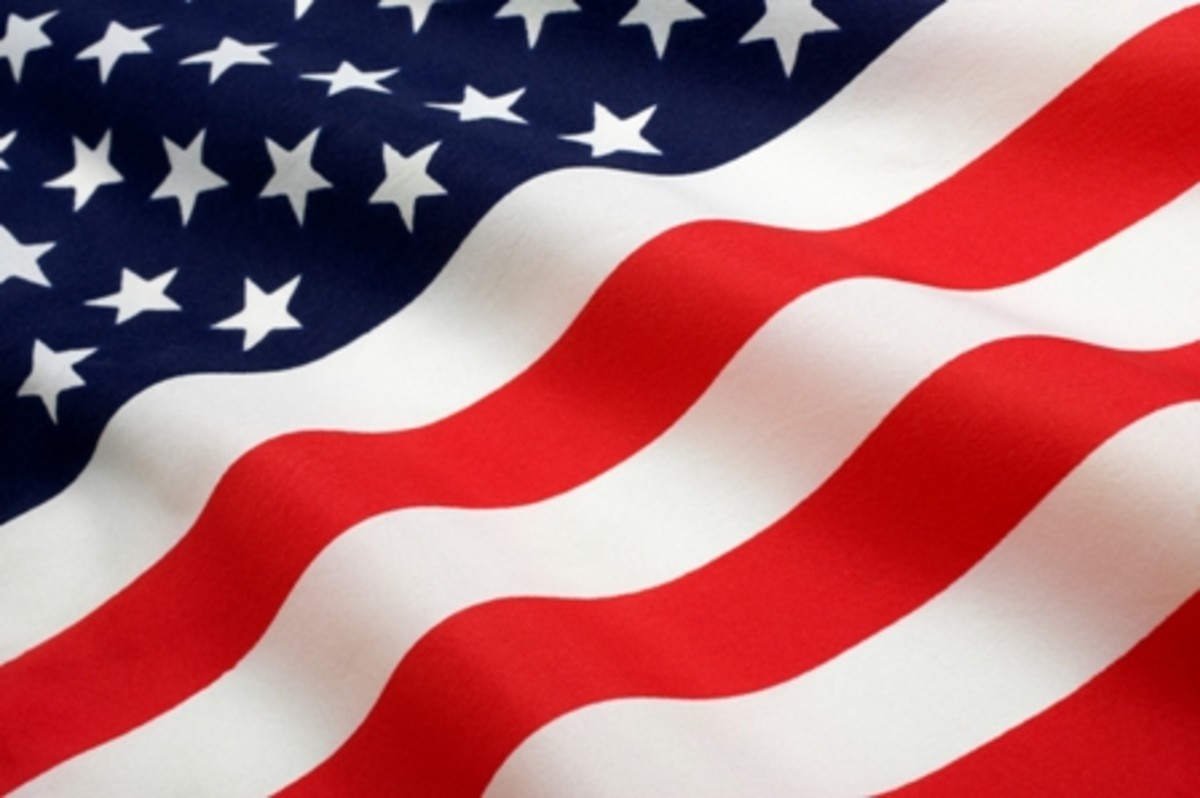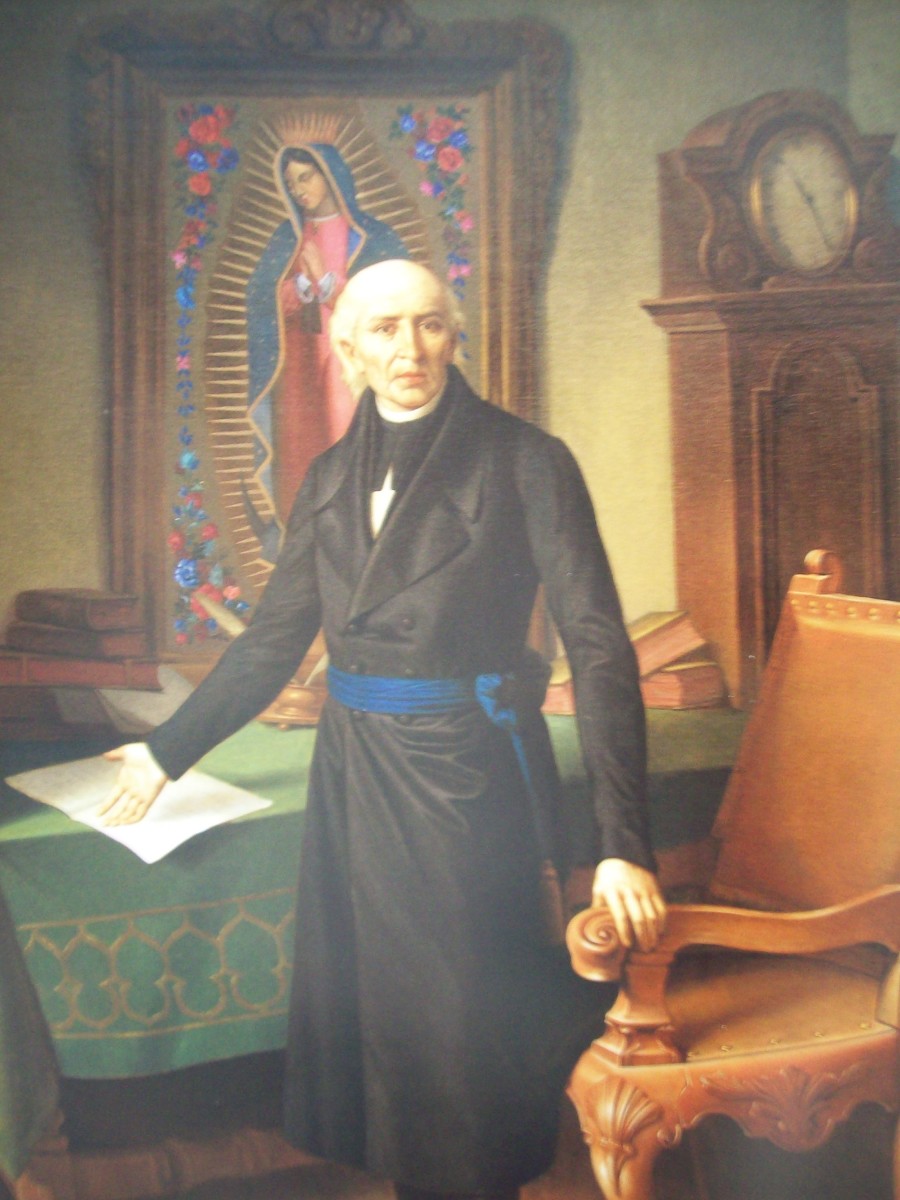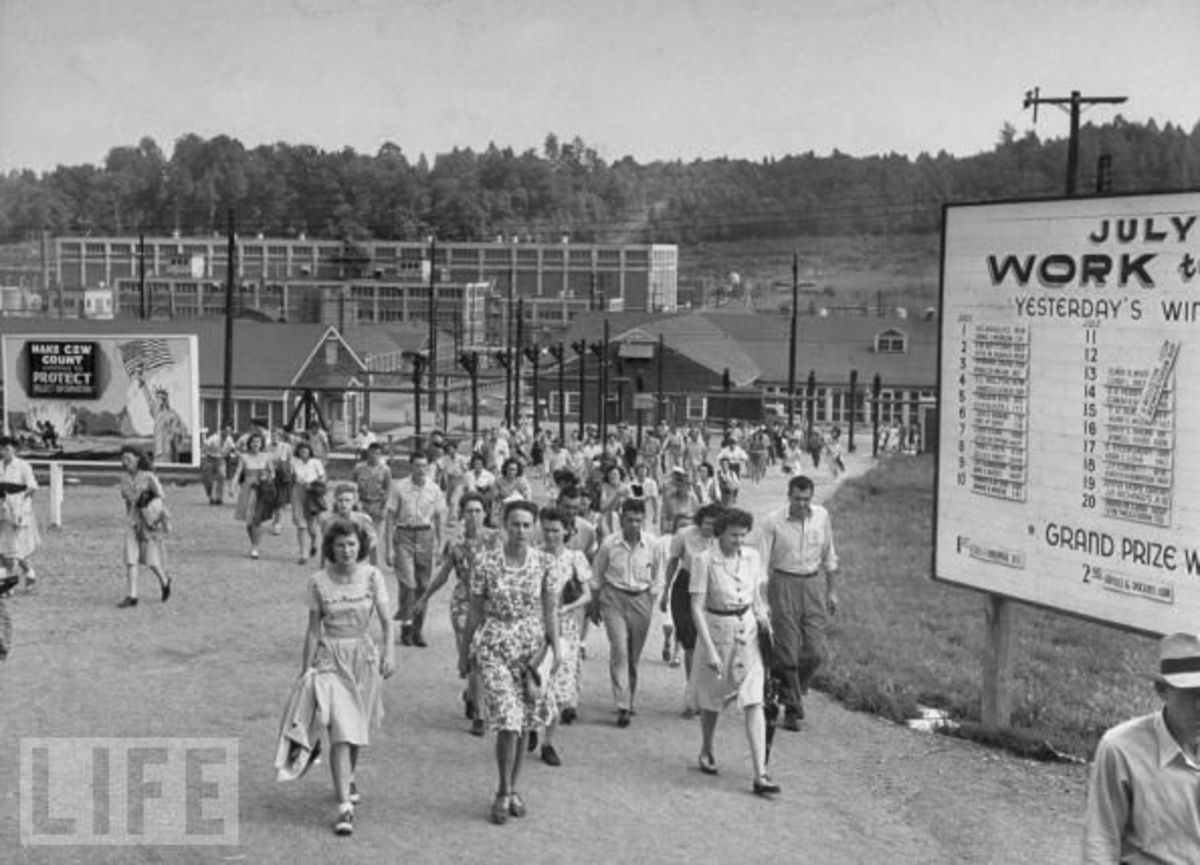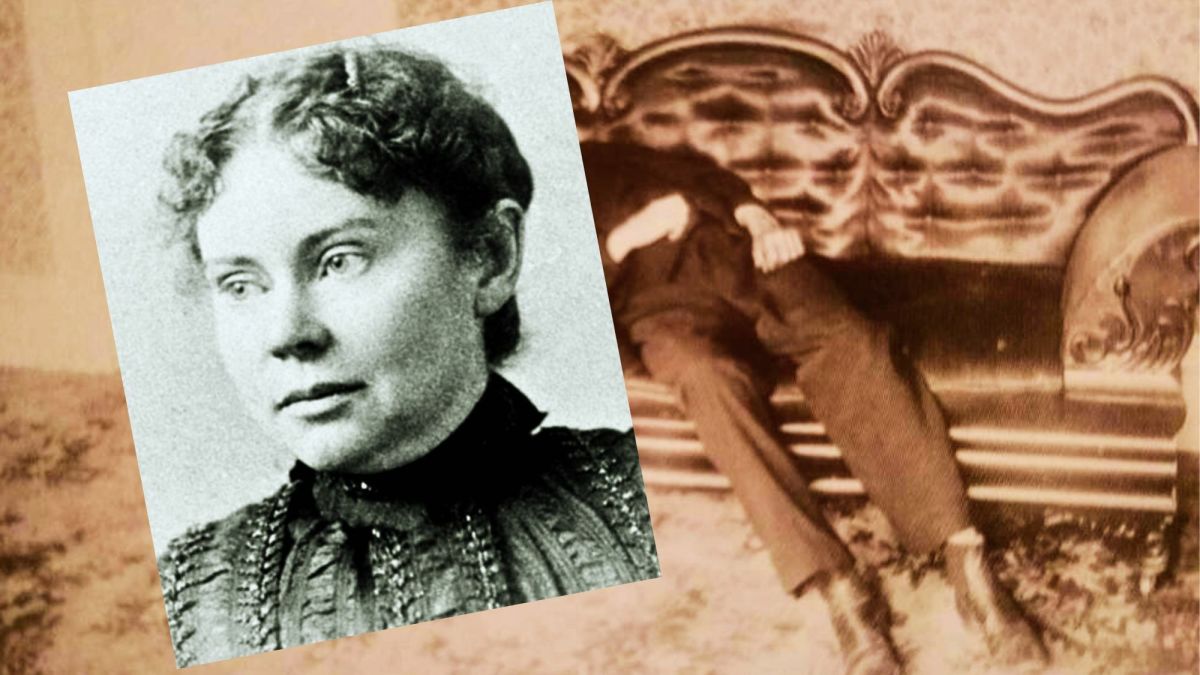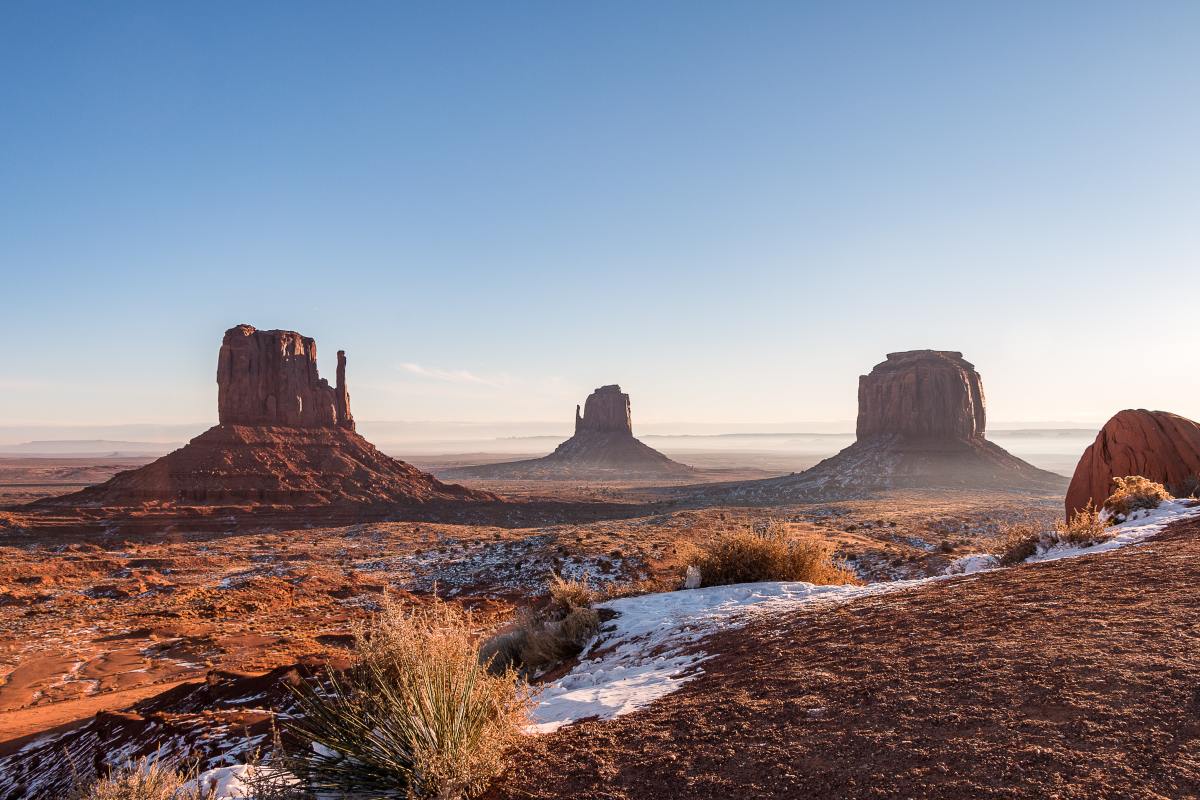- HubPages»
- Education and Science»
- History & Archaeology»
- History of the Americas
American Symbols
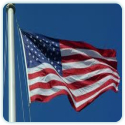
The Flag
When Francis Scott Key wrote a poem about “The Star-Spangled Banner,” he was writing about the American Flag. During the War of 1812, Key—an American – was on board an English ship anchored near Baltimore. The English navy was attacking Baltimore’s Fort McHenry. All during the night, Key watched from the ship to see if the American flag was still flying above the fort. He spotted it “by the dawn’s early light,” ripped by shells fired at the fort, and knew that the English attack had failed.
The flag Key wrote about had 15 stars and 15 stripes as symbols of the 15 states that made up the United States. During the War of Independence, the first U.S. flag had 13 stars and stripes. When Vermont and Kentucky became states in the 1790s, a new star and a new stripe were added for each new state.
After the War of 1812, however, there were many new states. In 1818, Congress decided to go back to a flag of 13 stripes, to honor the first 13 states, and to add only a star for each new state. The number of stars grew to 50 in 1959, when Hawaii became a state. It was Congress that in 1777 had passed a law saying: “That the flag of the U.S. be thirteen stripes, alternate red and white, that the union be thirteen stars, white in a blue field representing a new constellation.”
Many people believe that Betsy Ross made the first flag. Ross’s grandson made that claim in 1870, but there is little proof to support it. No one knows for sure who made the first flag.
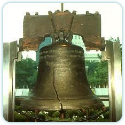
The Liberty Bell
In 1701, William Penn gave Pennsylvania the Charter of Liberties. This document gave the people many rights. Fifty years later, the people of Pennsylvania wanted to celebrate the charter. They ordered a large bell to be made in London, England.
The English bell maker cast a 2,000-pound bell with these words on it: “Proclaim Liberty throughout all the Land unto all the Inhabitants thereof.” Then he shipped it to Philadelphia, the Pennsylvania capital. Sadly, it arrived damaged. When the people of Philadelphia rang their new bell, it cracked. They had it fixed, and then hung it in the bell tower of the State House.
It was at the State House—later renamed Independence Hall – that Congress adopted the Declaration of Independence. The bell was now rung to celebrate the liberty of all the American people. During the War of Independence, the English captured Philadelphia. Americans hid the bell until the English left. They feared the English would melt it down to make bullets.
The Liberty Bell often was rung to celebrate the 4th of July, and often it had to be taken down and fixed afterwards. It was badly damaged in 1835, when it was rung during the funeral for John Marshall, Chief Justice of the Supreme Court. In 1846, while being rung to celebrate Washington’s Birthday, it was cracked so badly that it was taken out of active use and was kept on display in Philadelphia’s Independence Hall. Later it was moved from its longtime home in Independence Hall to a nearby glass pavilion on Independence Mall in 1976, and then to the larger Liberty Bell Center adjacent to the pavilion in 2003.
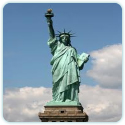
The Statue of Liberty
The Statue of Liberty faces out to sea in New York Harbor. Measuring more than 150 feet tall and standing on a base nearly 90 feet high, this huge figure of a woman has a torch in her raised right hand. The torch is the light of the freedom. Her left arm cradles a book that says July 4, 1776.
In 1865, a Frenchman came up with the idea of giving the United States a giant statue. The plan was to have the statue ready in 1876 to celebrate 100 years of American Freedom. Sculptor Frederic Auguste Bartholdi designed the figure, using his mother’s face as a model. The statue took much longer than planned to build, however. It was not completed until 1884.
It was then taken apart, packed in crates, and shipped to New York City. There it was reassembled and placed on its base. A great celebration in 1886 welcomed the statue to America. For millions of immigrants, the Statue of Liberty was the first thing they saw of the United States. They must have found it an exciting, hopeful sight.
In 1903, a poem by Emma Lazarus was added to the base. The poem ends with these lines:
Give me your tired, your poor,
Your huddled masses yearning to breathe free,
The wretched refuse of your teeming shore.
Send these, the homeless, tempest-tost to me,
I lift my lamp beside the golden door!
Over the years, the Statue of Liberty began to rust. In 1984, it was closed for repairs. It reopened in 1986 with another great celebration, including a massive fireworks show. The statue is scheduled to close in late 2011 for nine months to a year so a secondary staircase can be installed to aid in emergency evacuation.

